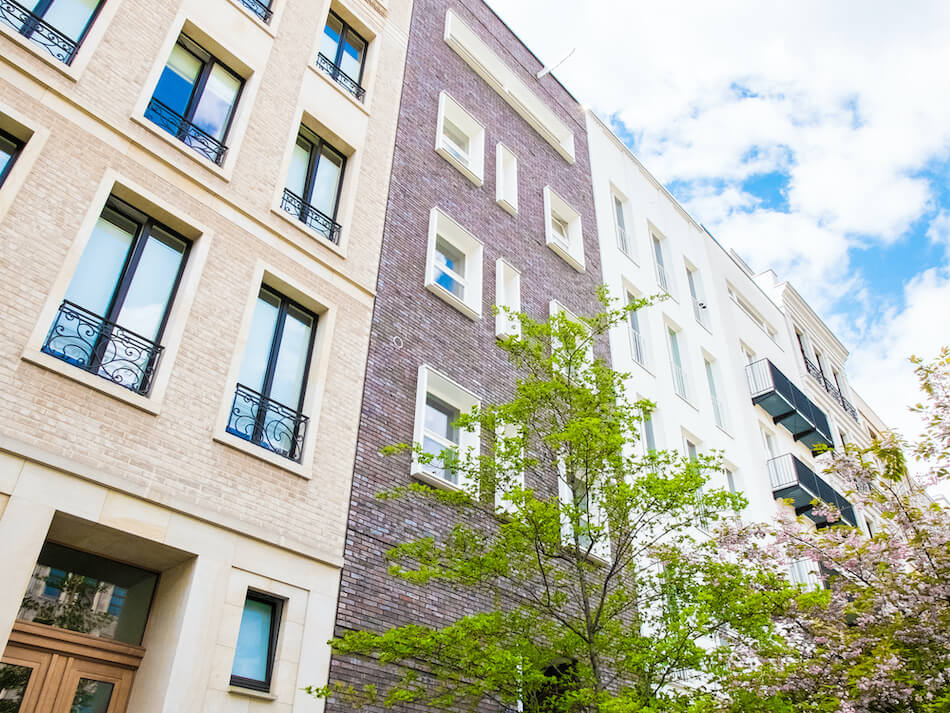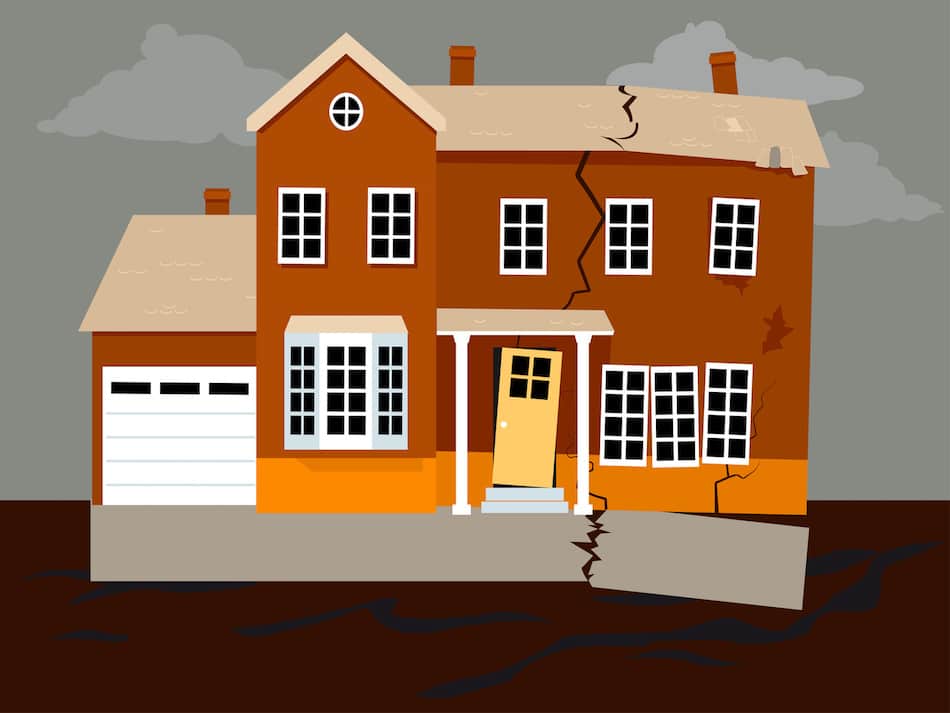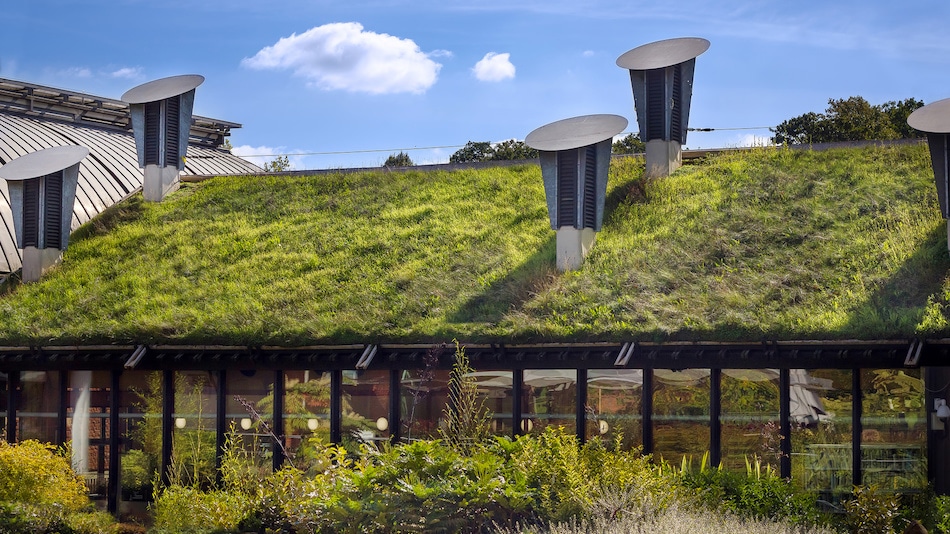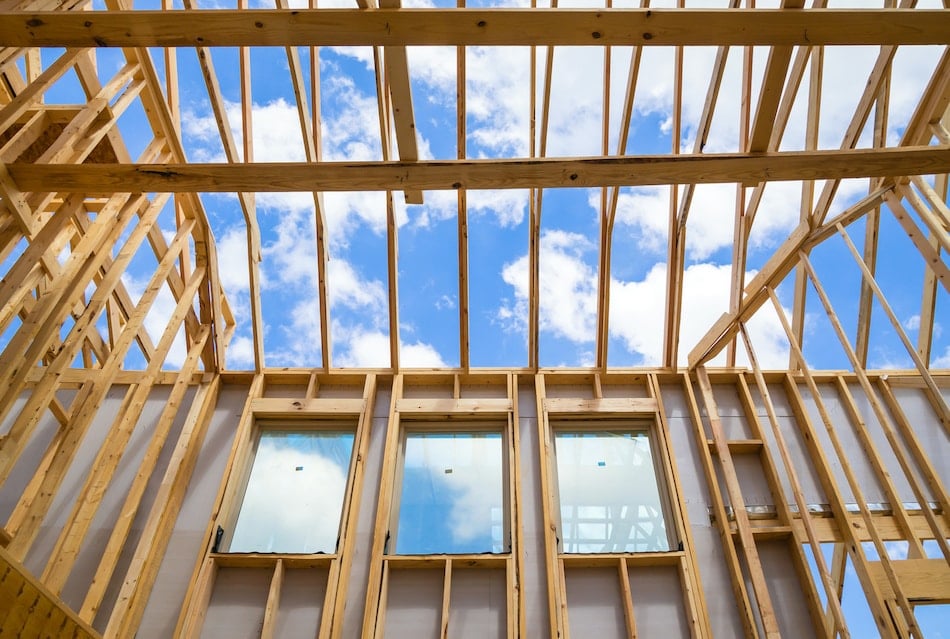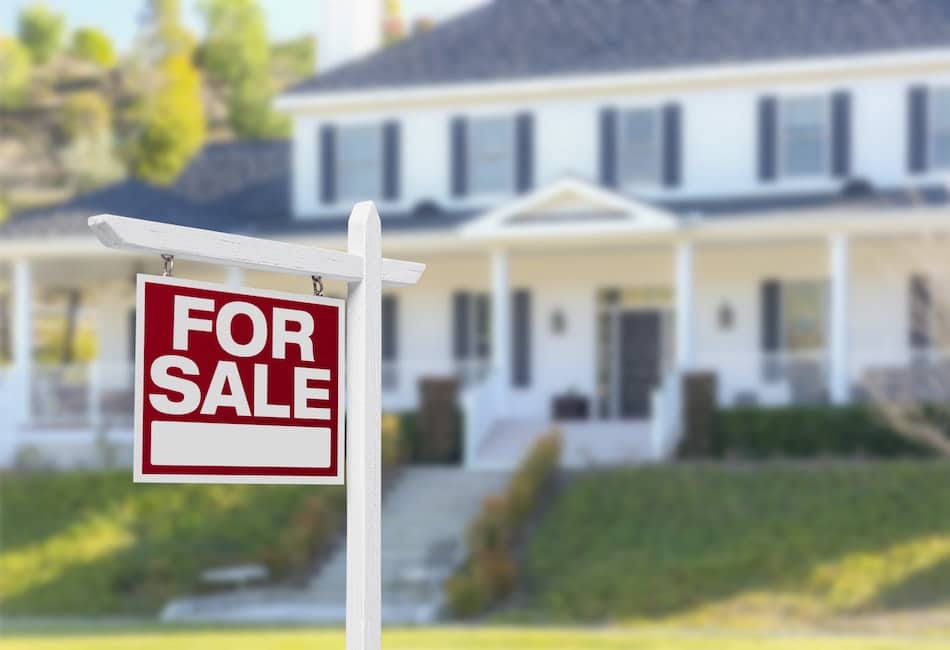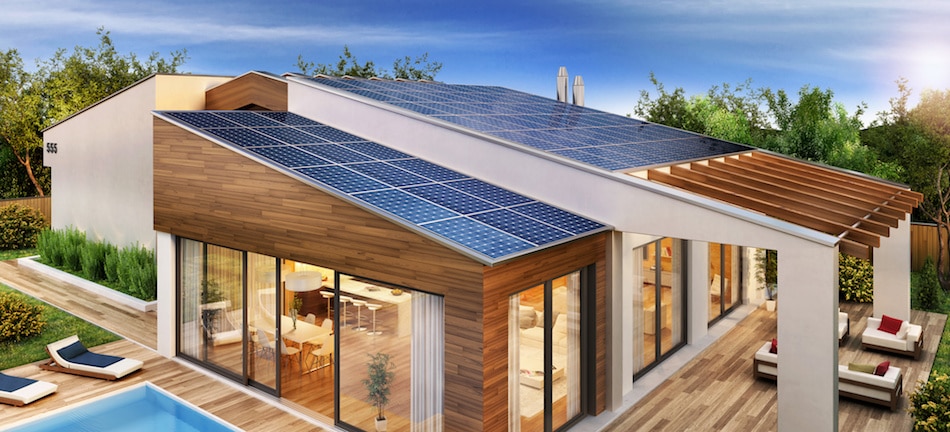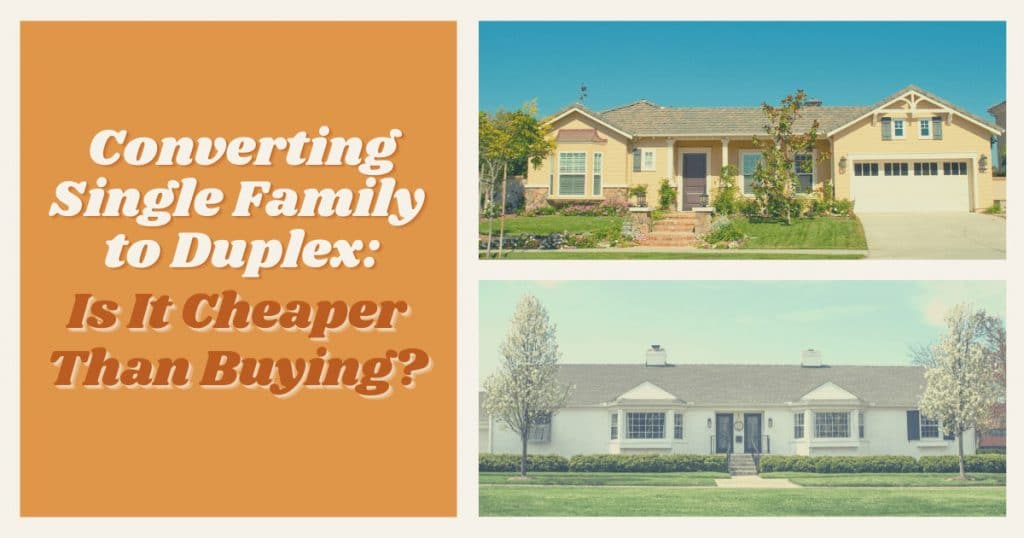
Converting Single Family to Duplex: Is It Cheaper Than Buying?
Table of Contents
Can a Current Single-Family Home Be Subdivided?
A single-family home can be converted into multiple rental units through a conversion, offering a multi-family investment. However, it is essential to consider some factors before starting a conversion. In addition to providing additional income, converting a large single-family home into two to four rental units can be very lucrative for investors. When it comes to deciding on the size of the multi-family property and if an addition to a home is the right move, there are several questions the investor needs to ask.
What Are the Zoning Requirements?
It’s important to check local zoning regulations before subdividing a home into apartments to avoid violating local zoning laws. Most municipalities allow for the conversion of single-family houses into multi-family units. Still, others do not, which may result in needing to obtain building permits, zoning restrictions waivers, and other licenses.
What Is the Market Like Currently?
A landlord may subdivide single-family dwellings to provide apartments in areas with limited housing options. Housing shortages exist in some areas, so people in need of housing could use the vacant rooms of a large single-family home. However, if the neighborhood doesn’t demand rentals, don’t invest in multiple units if vacancies and holding costs pile up.
Are the Business Plans Feasible?
Once the investor figures out whether they’ve met the zoning requirements and any other conditions necessary, they’ll need to figure out if their plans are feasible. Examine the construction budget and whether a plan is in place for possible challenges. It’s important to remember the necessary things that a home should provide, such as proper fire exits, ventilation, adequate plumbing and lighting, electrical wiring, and heating or cooling. However, the investor shouldn’t move forward if they cannot offer these things in the house.
What’s Involved With Converting a Single-Family Home Into a Multiplex?
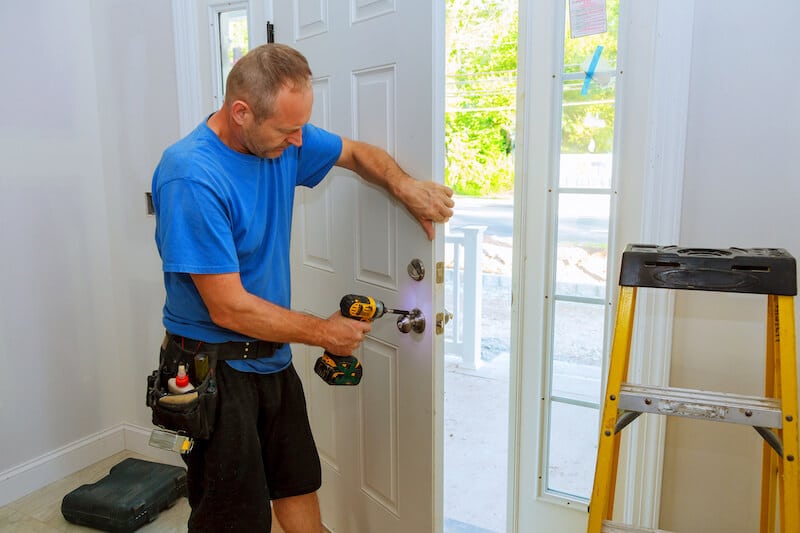 Single-family residences are an excellent place for investors to start a rental property portfolio. However, as portfolios grow, investors tend to outgrow single-income assets as they seek greater diversification and multiple income streams under one roof. A single-family property to multi-family conversion is one way to achieve this. A multi-family modification may be worthwhile in the long run, but there are some considerations to take into account before building walls and adding an extra front door.
Single-family residences are an excellent place for investors to start a rental property portfolio. However, as portfolios grow, investors tend to outgrow single-income assets as they seek greater diversification and multiple income streams under one roof. A single-family property to multi-family conversion is one way to achieve this. A multi-family modification may be worthwhile in the long run, but there are some considerations to take into account before building walls and adding an extra front door.
Average Costs
Converting a single-family home into a duplex is one of the most common types of conversions. The average cost for this conversion is typically around $80,000 but can range from $50,000 to $100,000.
Taxes & Finances
This conversion will inevitably impact the investor’s taxes, as they will have to pay higher property taxes. They will, however, be able to make a wide variety of deductions because the other half of the home is an investment property and not their primary residence. The duplex unit will let them deduct their utility bills, property taxes, maintenance costs, mortgage interest, and any HOA fees. If the multi-family home is the investor’s primary residence, they may qualify for a homestead exemption.
Does Converting A Home Make Sense?
If an investor converts their house into a duplex, they will have two units instead of one. They can choose to live in one part of the house, rent out the other, and still maintain ownership of the home. However, they will get rental income from their tenants, and the mortgage will be easier to pay.
The Bottom Line for Investing in Multi-Family Properties
Buying a collection of rental properties is a popular way to invest in real estate. The benefits of owning multi-family properties are numerous. Among these are access to easier and better financing options, the ability to expand one’s rental portfolio quickly, and the luxury of hiring a property manager.
